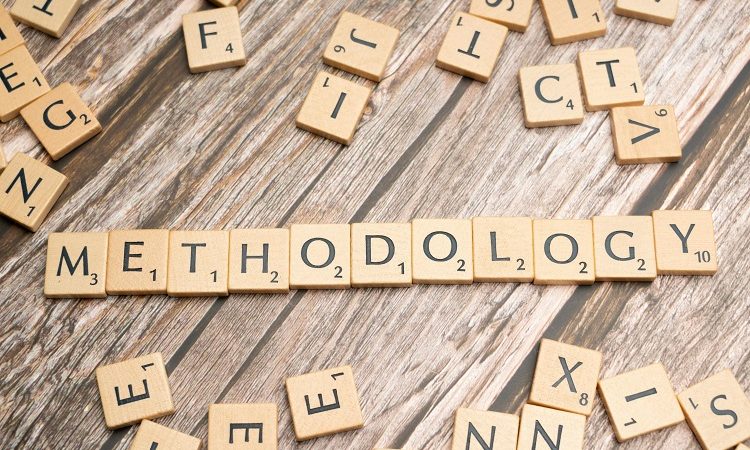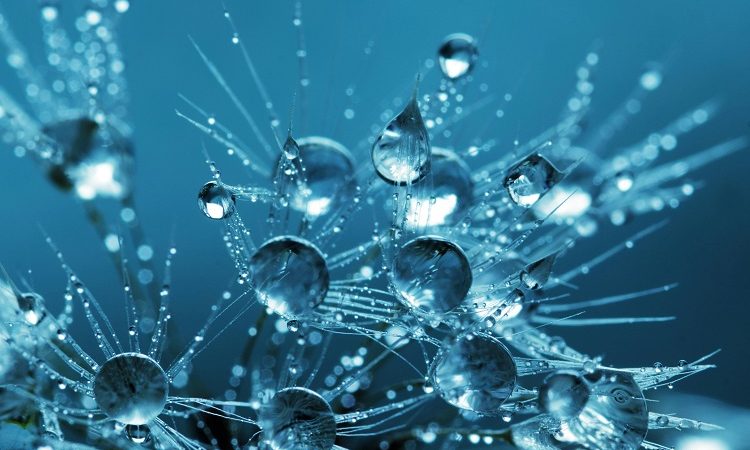statement by Dmitry Medvedev and its implications

Historical Context: The historical relationship between Russia and Ukraine, and how this relationship has affected the current situation
The historical relationship between Russia and Ukraine is complex and multifaceted, with deep historical, cultural, and political ties, as well as periods of conflict and tension. Understanding this history is crucial for grasping the context of the current situation in the region. Here is an overview of key historical events and developments:
- Kievan Rus: The roots of both Russian and Ukrainian civilizations trace back to the medieval state of Kievan Rus, which existed from the 9th to the 13th century. Kiev, in present-day Ukraine, was the center of this state. Over time, Kievan Rus broke apart into different principalities, some of which evolved into what we now know as Russia, Belarus, and Ukraine.
- Mongol Rule: In the 13th century, the Mongol Empire invaded and subjected much of the territory of Kievan Rus, including Ukraine, to Mongol rule. This period of foreign domination left a lasting impact on the region.
- Polish-Lithuanian Commonwealth: By the 14th century, much of western Ukraine came under the control of the Polish-Lithuanian Commonwealth, while eastern and southern Ukraine remained under the influence of various powers, including the Crimean Tatars.
- Cossacks: In the 17th century, the Ukrainian Cossacks, a semi-autonomous military class, played a significant role in the region’s history. The Cossacks sought autonomy from both the Polish-Lithuanian Commonwealth and the Russian Empire.
- Russian Empire: Throughout the 18th century, the Russian Empire expanded its control over significant portions of Ukraine, particularly in the east and south. Catherine the Great’s conquests were pivotal in this process.
- 19th Century: Ukrainian national identity and cultural revival gained momentum in the 19th century, leading to the emergence of Ukrainian literature and a sense of distinct Ukrainian identity.
- World War I and the Russian Revolution: The chaos of World War I and the Russian Revolution of 1917 created opportunities for Ukrainian independence. Ukraine declared independence in 1918 but faced conflicts with various neighboring powers.
- Soviet Union: In 1922, Ukraine became one of the founding republics of the Soviet Union. Under Soviet rule, Ukraine experienced forced collectivization, famines (most notably the Holodomor of the 1930s), and political repression.
- World War II: Ukraine was a significant battleground during World War II, with Nazi Germany invading and occupying parts of the country. Some Ukrainians collaborated with the Nazis, while others fought against them alongside the Soviet Red Army.
- Post-World War II: After World War II, Ukraine remained part of the Soviet Union until its dissolution in 1991. Ukraine declared independence on August 24, 1991, following the failed Soviet coup attempt.
- Post-Independence: Ukraine’s path to nation-building and democracy was tumultuous, marked by political and economic challenges. Relations with Russia remained complex, with disputes over territory, particularly Crimea and Eastern Ukraine.
- Crimea Annexation (2014): In 2014, Russia annexed Crimea, a move widely condemned by the international community. This event triggered ongoing conflict in Eastern Ukraine, centered in the Donbas region, where pro-Russian separatist movements emerged.
The historical relationship between Russia and Ukraine, shaped by centuries of intertwined history and conflicting interests, plays a significant role in the current situation, which includes the conflict in Eastern Ukraine and ongoing tensions between the two countries. These historical factors have contributed to the complexity of the geopolitical landscape in the region and continue to influence the dynamics of the Russia-Ukraine relationship today.
International Reactions: Reactions from other countries to Medvedev’s statement.
As of my last knowledge update in September 2021, I do not have access to specific reactions from other countries to any recent statement made by Dmitry Medvedev regarding British troops training in Ukraine, as this event appears to be beyond that date. International reactions to such statements or events can vary widely depending on the specific context and the positions of different countries and international organizations. Reactions may include:
- Condemnation: Many countries and international organizations might condemn statements that suggest targeting foreign troops or engaging in hostile actions. Such statements could be seen as escalatory and contrary to international norms and laws.
- Diplomatic Protest: Some countries may choose to lodge formal diplomatic protests with Russia, expressing their concerns about the statement and seeking clarification or a retraction.
- Expressions of Support for Ukraine: Countries that have expressed support for Ukraine may use such statements as an opportunity to reiterate their backing for Ukraine’s sovereignty and territorial integrity.
- Calls for De-Escalation: International actors, including the United Nations and regional organizations, may call for de-escalation and a peaceful resolution of conflicts. They may emphasize the importance of dialogue and diplomacy.
- Sanctions or Other Measures: In cases where statements are seen as contributing to regional instability or aggression, countries or international bodies may consider imposing sanctions or taking other measures against the party responsible.
- Multilateral Discussions: International forums and organizations, such as the United Nations Security Council, may convene discussions to address the situation and seek a collective response.
To get up-to-date information on the specific reactions to Dmitry Medvedev’s statement regarding British troops in Ukraine, I recommend checking recent news reports from reputable sources or official statements from governments and international organizations involved in the situation. The response to such statements can evolve rapidly, and the context can vary depending on the specific circumstances and diplomatic developments at the time.
NATO’s Response: How NATO might respond to Medvedev’s statement
NATO’s response to statements made by Russian officials, such as Dmitry Medvedev’s statement about British troops in Ukraine, would likely depend on several factors, including the nature of the statement, the perceived threat level, and the consensus among NATO member states. Here are some possible ways NATO might respond:
- Diplomatic Protest: NATO may issue a diplomatic protest to Russia, expressing its concern and seeking clarification of the statement. This could be done through official channels or statements from NATO leadership.
- Reassurance to Member States: NATO might reaffirm its commitment to the defense and security of its member states, particularly those in Eastern Europe that feel directly threatened by Russia’s actions or statements. NATO could increase the presence of its forces in the region as a deterrent.
- Consultations and Coordination: NATO member states may hold consultations and coordination meetings to discuss the statement and assess its implications. This could include discussions on potential responses and measures to ensure the security of member states.
- Strong Statements: NATO may issue strong public statements condemning any threats or aggressive actions and expressing solidarity with Ukraine. Such statements could be a way to demonstrate unity among NATO members.
- Enhanced Intelligence Sharing: NATO might increase intelligence sharing among member states to closely monitor developments in the region and assess the potential threat posed by Russia.
- Sanctions: In cases where statements are seen as part of a pattern of aggressive behavior, NATO member states, in coordination with other international partners, might consider imposing sanctions on Russia. Sanctions could target individuals, entities, or sectors of the Russian economy.
- Military Preparedness: NATO could review and potentially enhance its military preparedness and capabilities to respond to any potential escalation or aggression. This could include exercises, deployments, or pre-positioning of forces.
- Diplomatic Channels: NATO may continue to engage in diplomatic efforts to promote dialogue and reduce tensions with Russia. Diplomatic channels can be used to de-escalate the situation and seek peaceful resolutions.
It’s important to note that NATO’s response would be collective and based on the consensus of its member states. NATO’s primary purpose is to ensure the collective defense of its members and promote stability and security in the Euro-Atlantic area. Responses to specific situations or statements by Russia would be tailored to the circumstances and the perceived threat level, with the ultimate goal of preserving peace and security in the region.





